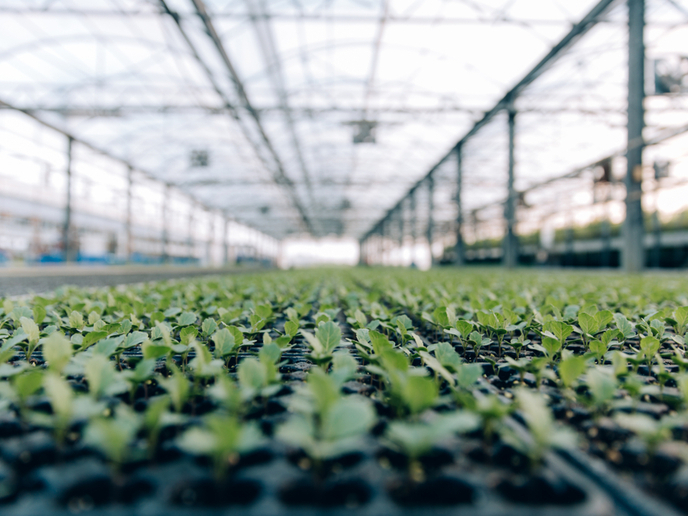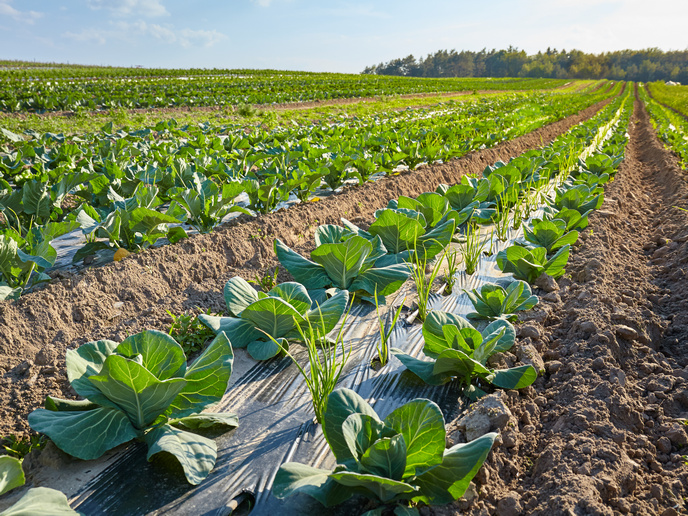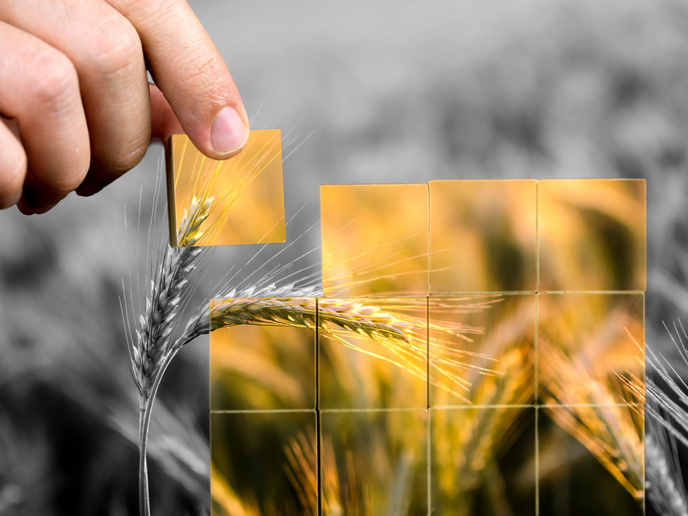Smart fabric heating boosts greenhouse efficiency
Greenhouse managers need to improve their crops productivity to guarantee food security. Heating crops roots is essential for obtaining higher yields, but existing technologies like air convection heating systems, hot water pipes and radiative heating fail to direct the energy to the crops. Current methods waste energy by warming the entire greenhouse rather than just the crops. This wastes up to 40 % of the energy used and has a large cost in terms of greenhouse gas emissions. Other drawbacks include increased pest infestation, high pesticide use due to unnecessary heating, and poor heating design, and mechanical flexibility limited to round tubes and pipes. The EU-funded Horizon 2020 project AgrowFab aimed to commercialise a new generation of smart fabric heating elements for greenhouses that address many of these challenges. “The product is an all-year-round root micro-environment management system that integrates heating, capillary irrigation and fertigation. It consists on an innovative smart fabric technology that radiates heat as far infrared radiation and a root environment control unit,” says project coordinator, Yonatan Elimelech de-Wolff. Heating solution via fabric Project partners used a highly cost-effective and environmentally friendly heating fabric consisting of nylon fibres coated with a proprietary non-metal carbon compound to make them electrically conductive. Heat generated by a current flowing through the fibres is radiated directly to the crops as far infrared radiation, creating a microclimate around them. According to Yonatan Elimelech de-Wolff: “Our solution has unlimited design and mechanical flexibility and it also offers the possibility of soil sterilization, decreasing the need for pesticides.” Furthermore, AgrowFab can be powered using renewable energy sources such as solar panels or wind turbines and combines the aforementioned advantages with an estimated revenue increase for greenhouse businesses by up to 30 %. Researchers developed the AgrowFab heating element and demonstrated it in a substantial field trial and optimised the control software and algorithm. The result is a complete system based on empirical data, which has been proven in the field and is now market ready. More profit, less pests, and reduced environmental impacts The consortium identified end-users as owners and operators of smart greenhouses wishing to increase crop productivity while reducing energy consumption. Other target customers included those manufacturers, operators and equipment producers serving greenhouse farmers who wish to switch to renewable energy sources. Results indicate that AgrowFab enhances crop yields by 35 %, while minimising energy waste by at least 40 % through accurately targeted but rapid temperature delivery. In other words, the AgrowFab system provides 35–45 % faster efficient heating then currently marketed heating systems for greenhouses. “The system also decreases pesticide use by 20 % and offers a great design and mechanical innovation,” says Elimelech de-Wolff. “Our low carbon footprint technology can be paired with renewable energy sources to be in line with environmental policies and regulations,” he concludes.







